Julien Varignon,
Laboratoire CRISMAT, CNRS UMR 6508, ENSICAEN, Normandie Université, France
First-principles studies of oxide superconductors
When: 12:00-13:00 CET, April 13th (Thursday), 2023
Where: Seminar Room, ICMM-CSIC, Campus de Cantoblanco, Madrid
Along with the famous cuprates, ABiO3 (A=Ba, Sr) and BaSbO3 oxide perovskites as well as nickel oxides, either as an infinite layer RNiO2 or Reduced Ruddlesden-Popper phase Rn+1NinO2(n+1) (R=La, Pr or Nd), belong to the few oxide systems exhibiting superconductivity once appropriately doped [Phys. Rev. B 37, 3745 (1988), Nature 390, 148 (1997), Nature 572, 624 (2019), Nat. Mater. 21, 160 (2021)]. They are thus alternative platforms for understanding the formation of bound electrons at the core of superconductivity. However, these systems look rather different in their pristine form (i) Ni+ cations exhibit a magnetic moment while Bi4+ or Sb4+cations do not, (ii) nickelates are prone to correlation effects while the two other materials do not, (iii) RNiO2 compounds are metallic while BaSbO3 and ABiO3 are insulators and (iv) nickelates and antimonates present a Mott-like regime while ABiO3 materials possess a charge-transfer like behavior. Although different at first glance, we reveal on the basis of Density Functional Theory (DFT) calculations, involving all relevant degrees of freedom and an exchange-correlation functional sufficiently amending self-interaction errors, that all these materials are prone to exhibit charge orderings (CO) accompanied by bond disproportionation and insulating phases. Once doping drive the materials in a metallic regime at the vicinity of a CO phase, the vibration associated with the bond disproportionation is sufficient to explain the formation of Cooper pairs and to reproduce the evolution of the critical temperature versus doping content observed experimentally for the different compounds. Finally, strong hybridizations between the O-p states and the relevant cation states as those appearing in bismuthates are shown to be a determining factor behind high temperature superconductivity in oxides.
YouTube link: https://www.youtube.com/watch?v=Azs6rw0OlzE
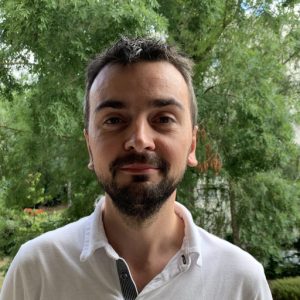
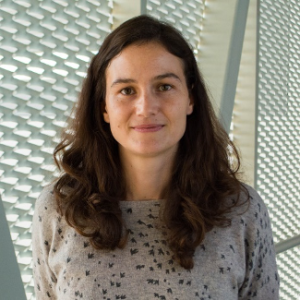
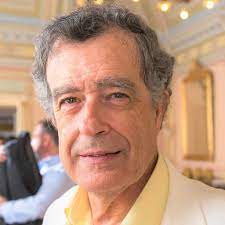
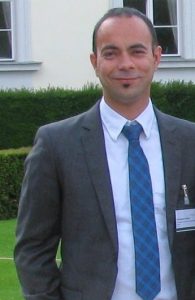
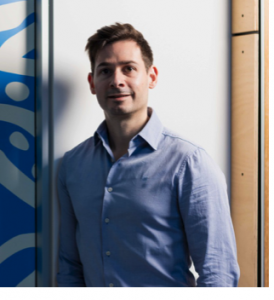 David Martinez-Martin, University of Sidney
David Martinez-Martin, University of Sidney